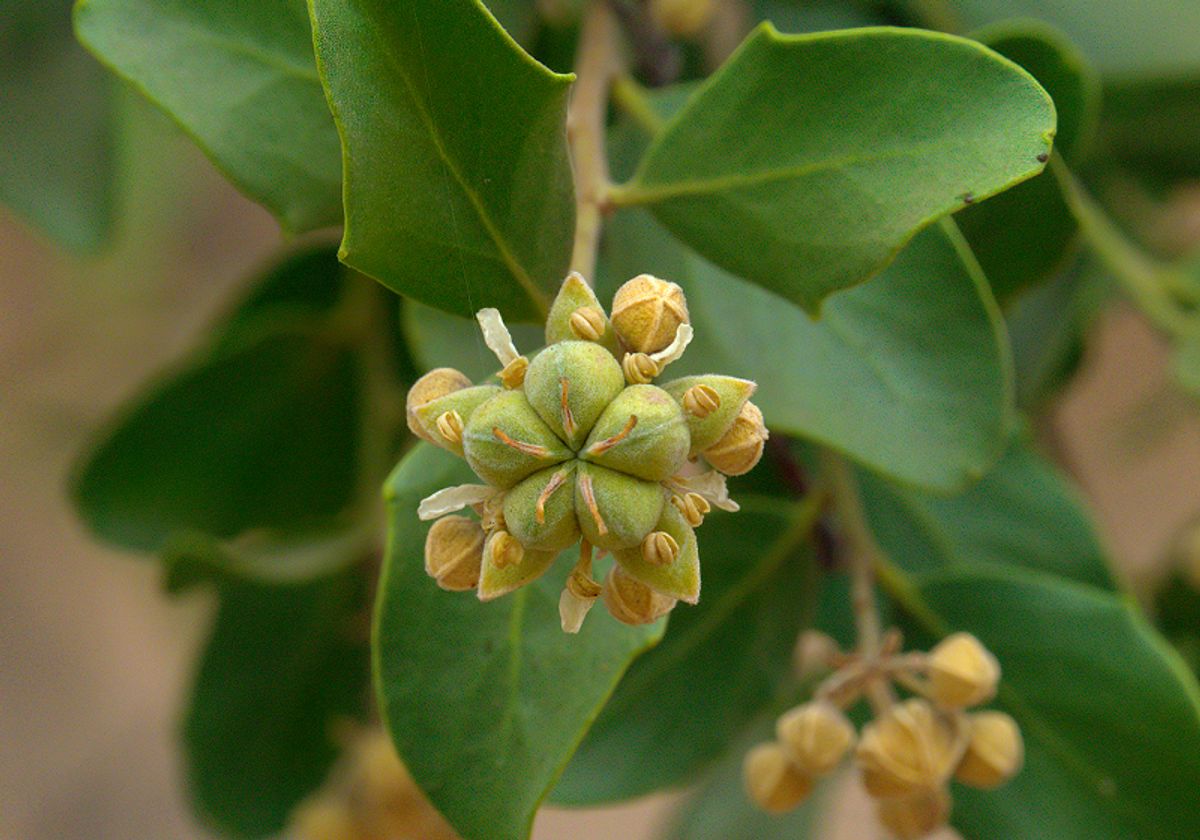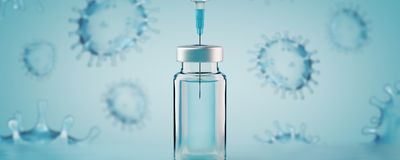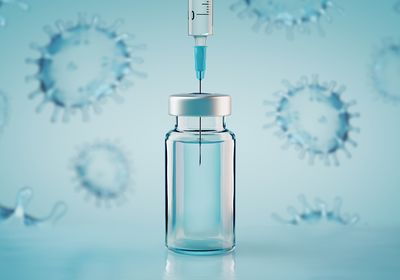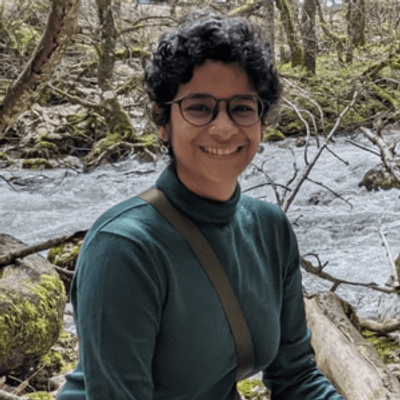ABOVE: QS-21, a potent vaccine adjuvant, is a component of various vaccines. ©istock, ffikretow
In 1925, Gaston Ramon, a French veterinarian, noticed that horses vaccinated with a diphtheria vaccine had a higher number of antibodies in their blood if they developed inflammation at the site of injection.1 Curious to see if he could improve the antibody titers by deliberately causing inflammation, Ramon added household items such as breadcrumbs, soap, starch, and agar to the vaccine. With his theory proven correct, vaccine adjuvants were born.
“If you give just a purified protein by itself, which is what a lot of our vaccines are, you wouldn't probably get a very strong immune response. Essentially what adjuvants do is they kick off an immune response by tricking your body into thinking that you're experiencing an infection,” said Jessica Stark, a biological and chemical engineer at Massachusetts Institute of Technology.
Soon after Ramon’s discovery, aluminum (or ‘alum’) was ordained as the first proper vaccine adjuvant for the next 60 years.1 Today, one of the most potent vaccine adjuvants—a component of shingles, malaria, and COVID-19 vaccines—is extracted from the Chilean soapbark tree Quillaja saponaria: QS-21.2 As growing demands pose challenges to its sustainable production, researchers from the University of California, Berkeley (UC Berkeley) engineered yeast to synthesize QS-21 from simple sugar molecules. Their findings, published in Nature, could enable vaccine developers to scale up production in the future.
“The ability to be able to start from just a simple sugar like glucose and go all the way to synthesis of this really important adjuvant for immunology and vaccines is a major step forward,” said Stark, who was not involved in the study.

Jay Keasling, a bioengineer at UC Berkeley and coauthor of the study, has been tinkering with yeast for decades. While working on producing the antimalarial drug Artemisinin in the lab, Keasling was on the lookout for a good microbial host that would express genes from plants. After testing out a few candidates, he found one that fulfilled all their requirements: Saccharomyces cerevisiae. The team’s success with Artemisinin laid the groundwork for QS-21 synthesis as both molecules have an important component in common: a terpenoid core. However, Keasling found that progressing beyond this step was challenging. He sought help from collaborators at the John Innes Centre and together they mapped the entire synthesis pathway from the Q. saponaria plant.3 Armed with this information, the team attempted to reproduce the pathway, which includes 38 heterologous enzymes from seven enzyme families, in yeast. But not every piece could be identically replicated in yeast. “When you take a pathway from a plant and you put it into yeast, there'll be certain steps that won't function and then you have to go looking in other organisms to see if you can find a very similar enzyme that will have the same activity but yet work in yeast,” Keasling said. So, the team sourced these molecules from six different species and introduced them into S. cerevisiae without disrupting its physiology.
Next, the team wanted to home in on the species that had the best performing enzymes. After testing various permutations and combinations of the 38 enzymes, they zeroed in on the optimum components and approach to replicating the 20-step biosynthetic pathway for QS-21.
When compared with current production methods, Keasling said, “Scaled up, over the long term, [our approach] will be the best way.”
The current yield from yeast is 0.0012 percent w/w, that is lower than the 0.0032 percent w/w yield from the tree. However, a soapbark tree needs 30 to 50 years to produce QS-21, whereas the yeast produces the molecules in a matter of days, making it approximately 1,000 times faster in synthesis. “It’s very common in metabolic engineering in the first demonstration, titers of the desired compound are typically low,” Stark said. Keasling noted, “[Increasing the yield] will take a lot of trial-and-error work. It's something that we and others have done before, so it's certainly possible, but it takes a fair amount of work."
- Pulendran B, et al. Emerging concepts in the science of vaccine adjuvants. Nat Rev Drug Discov. 2021;20(6):454-475.
- Liu Y, et al. Complete biosynthesis of QS-21 in engineered yeast. Nature. 2024;629(8013):937-944.
- Martin LBB, et al. Complete biosynthesis of the potent vaccine adjuvant QS-21. Nat Chem Biol. 2024;20(4):493-502.




